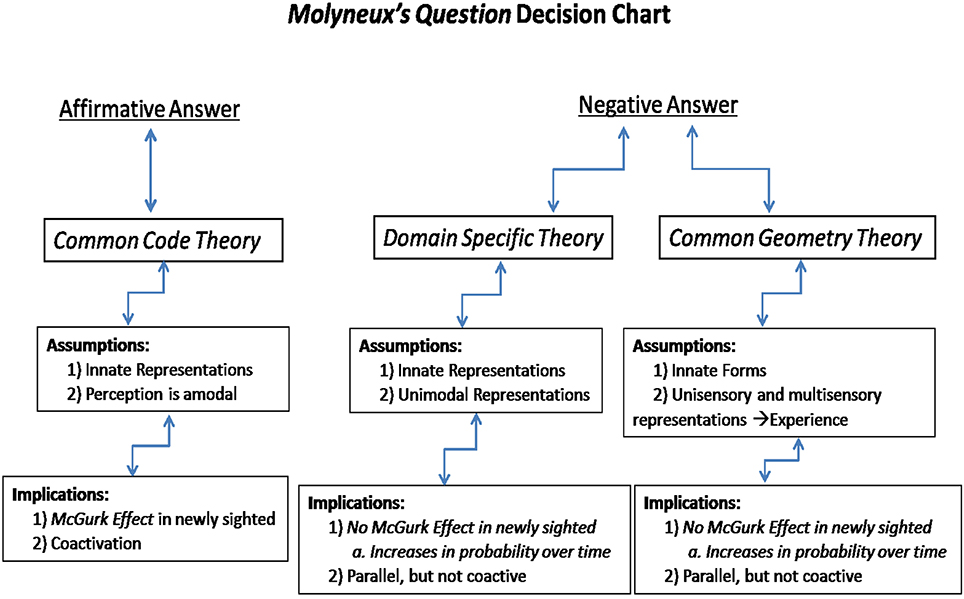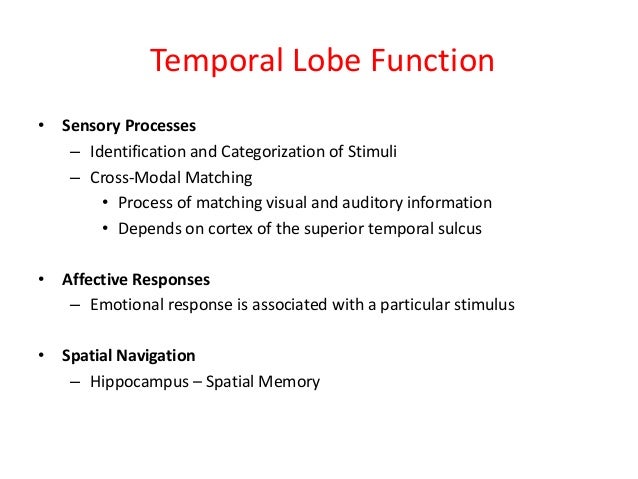

In fact, there is a wide range of speechreading ability in both normal hearing and deaf populations (Andersson, Lyxell, Rönnberg, & Spens, 2001).

It may come as a surprise to learn, however, that some individuals with normal hearing are also remarkably good at lipreading (sometimes called “speechreading”). Most people assume that deaf individuals are much better at lipreading than individuals with normal hearing. Even so, the visual speech pattern alone is sufficient for very robust speech perception. Of course, as anyone who has ever tried to lipread knows, there are limits on how informative visual speech information is. If the perceiver is also looking at the speaker, then that perceiver also has access to visual patterns that carry meaningful information. When an individual speaks, she generates sound waves that carry meaningful information. As discussed above, speech is a classic example of this kind of stimulus. Multimodal phenomena concern stimuli that generate simultaneous (or nearly simultaneous) information in more than one sensory modality.

The second class- crossmodal phenomena-concerns the influence of one sensory modality on the perception of another (Spence, Senkowski, & Roder, 2009). The first class- multimodal phenomena-concerns the binding of inputs from multiple sensory modalities and the effects of this binding on perception. These effects fall into two broad classes. In the meantime, experimental psychologists have contributed to our understanding of multimodal perception through investigations of the behavioral effects associated with it. It will probably require many more years of research before neuroscientists uncover all the details of the neural machinery involved in this unified experience. Rather, we perceive a unified world, regardless of the sensory modality through which we perceive it. Our intuitions about perception are consistent with this it does not seem as though our perception of events is constrained to the perception of each sensory modality independently. Behavioral Effects of Multimodal PerceptionĪlthough neuroscientists tend to study very simple interactions between neurons, the fact that they’ve found so many crossmodal areas of the cortex seems to hint that the way we experience the world is fundamentally multimodal. In other words, the information is combined and treated as a unitary representation of the world. Most of this research indicates that, at some point in perceptual processing, information from the various sensory modalities is integrated. The question is whether the various sources of information involved in this multimodal stimulus are processed separately by the perceptual system or not.įor the last few decades, perceptual research has pointed to the importance of multimodal perception: the effects on the perception of events and objects in the world that are observed when there is information from more than one sensory modality. In other words, your perception would be multimodal. Indeed, unless someone was to explicitly ask you to describe your perception in unimodal terms, you would most likely experience the event as a unified bundle of sensations from multiple senses. However, all of this information would be relevant to the same thing: your perception of the car collision. Your nose might even be stimulated by the smell of burning rubber or gasoline. Your ears would be stimulated with patterns of acoustic energy emanating from the collision. Your eyes would be stimulated with patterns of light energy bouncing off the cars involved. You could describe the stimulus generated by this event by considering each of the senses independently that is, as a set of unimodal stimuli. For example, imagine if you witnessed a car collision. Īlthough it has been traditional to study the various senses independently, most of the time, perception operates in the context of information supplied by multiple sensory modalities at the same time. The way we receive the information from the world is called sensation while our interpretation of that information is called perception. Give examples of multimodal and crossmodal behavioral effectsįigure 1.Define the basic terminology and basic principles of multimodal perception.


 0 kommentar(er)
0 kommentar(er)
